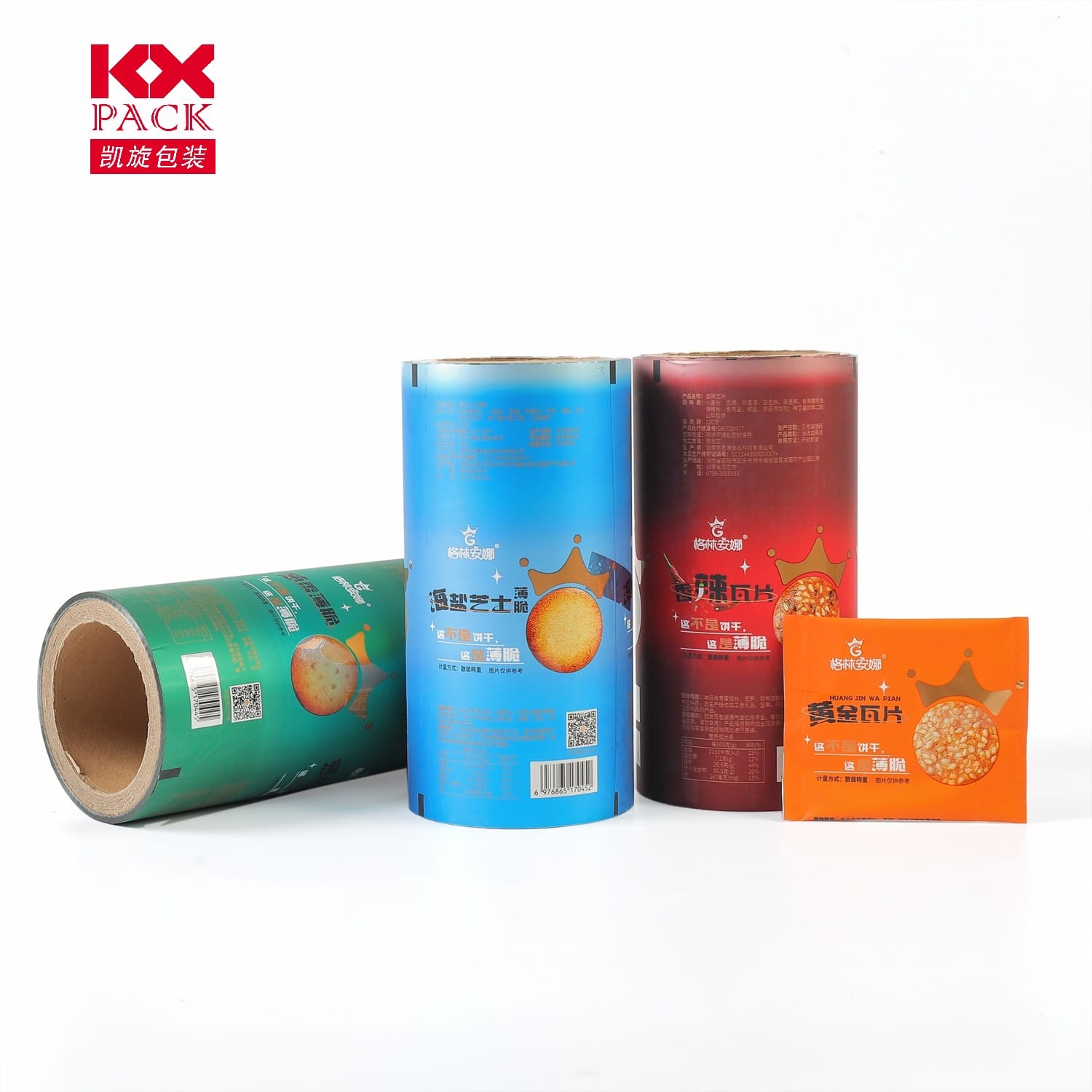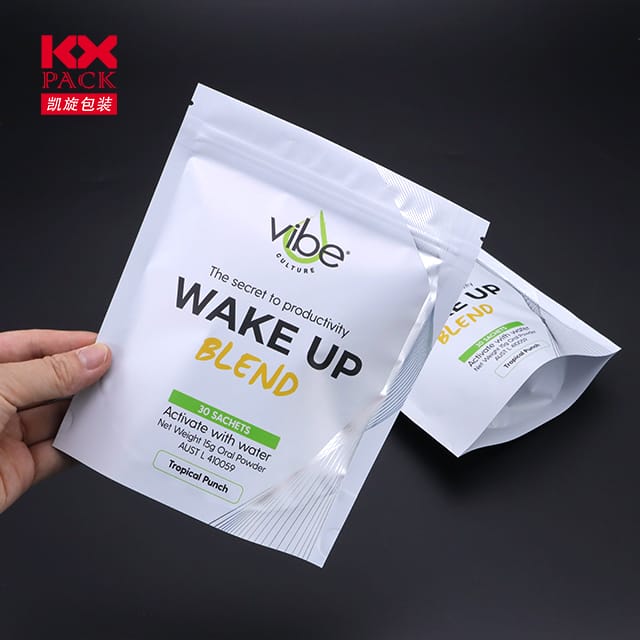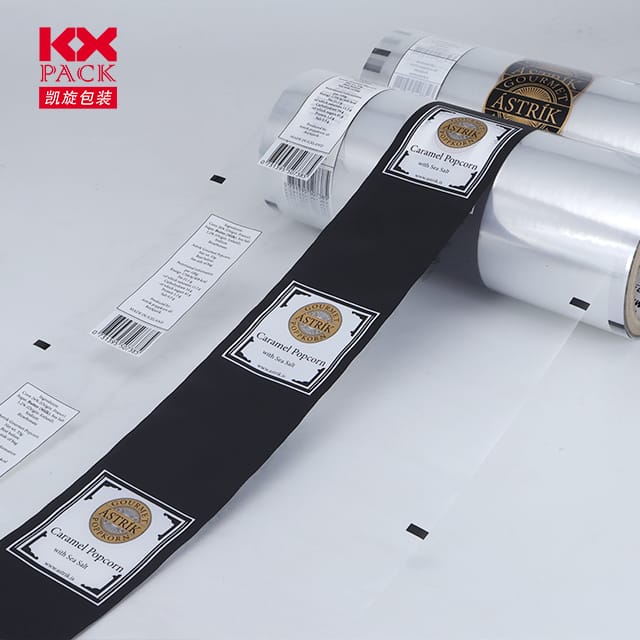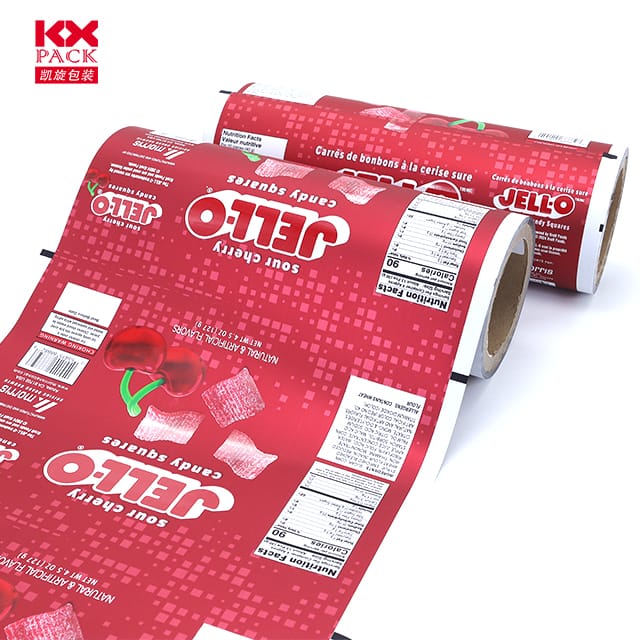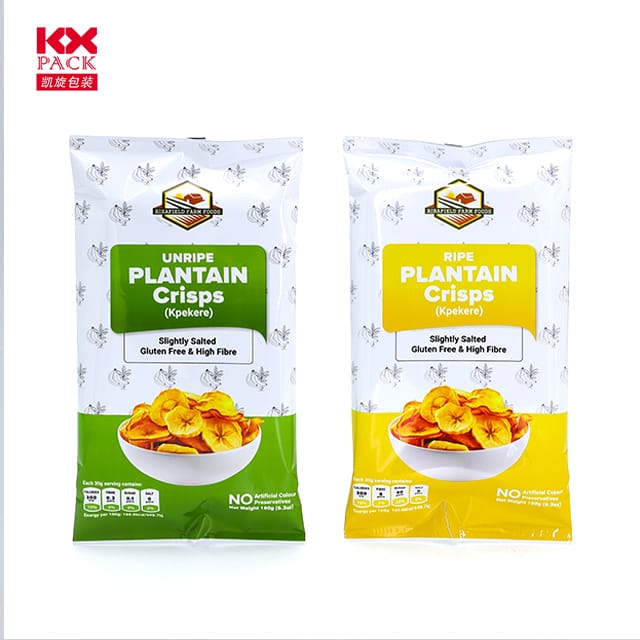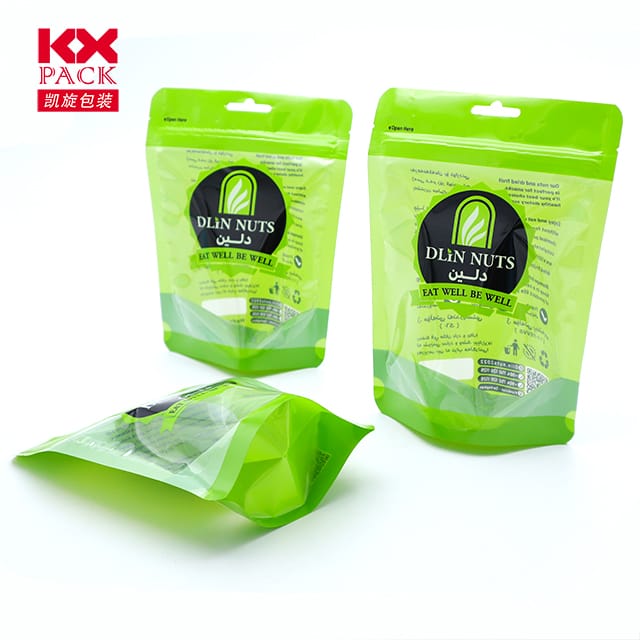Le lalolagi o le lalolagi o le palasitika laina ata: Fou, Faatatauga, ma le gafataulimaina
PASMS Plan ata
Plastic roll film, o se sili ona faʻaauau o le palasitika mea manuʻa manuʻa i le tagi, ua avea ma se mea e sili ona taua i luga o falefaigaluega, Mai meaʻai taumafa i le Aerospace Engineering. O lona uiga, Tau-Lelei, and adaptability to automated processes have driven its global market to grow from97.11bo le a i aiion2024**toaprojectuo∗∗158.21 billion by 2034, at a5% CAGR. This surge reflects evolving consumer demands, Tulaga tekonolosi agai i luma, and a growing emphasis on sustainability.
A Material for Every Need: Types and Properties
PASMS Plan ata are not a one-size-fits-all solution. They are engineered with specific resins and manufacturing processes to meet diverse requirements:
- Polythylene (PE) Ata tifaga
- Faatatauga: afifiina meaai, agricultural mulch, and industrial liners.
- Lelei: Tumau, susu tetee, and cost efficiency. PE films dominate the market, particularly in flexible packaging, where they account for a significant share.
- Sustainability Challenge: Their longevity, while beneficial for product protection, poses environmental risks if not recycled. Fou pei o chemical recycling—which breaks down PE into monomers for reuse—are addressing this by supporting circular economy models.
- BIAXIXINE TOREADERS Pongpropylene (BOPP) Ata tifaga
- Faatatauga: Snack packaging, fa'ailoga, and laminates.
- Lelei: High clarity, malosi, ma le vevela. BOPP films are widely used in retail due to their printability and barrier properties against oxygen and moisture.
- Polyolefin Shrink Films
- Faatatauga: Unitizing products, retail displays, and beverage multipacks.
- Lelei: Form-fitting when heated, providing tamper-evident seals and reducing material use compared to rigid packaging.(PASMS Plan ata)
- Specialty Films
- Biodegradable Options: Made from plant-based resins like PLA, these films cater to eco-conscious brands.
- Multi-Layer Coextrusion: Combines layers of different polymers (E.g., PE/EVOH) to enhance barrier properties for perishable goods.
Driving Industry Transformation: Autu Autu
- Sustainability as a Core Focus
- Recycling Infrastructure: Advances in mechanical and chemical recycling are enabling the reuse of post-consumer films. Faataitaiga, mono-material films (E.g., all-PE pouches) simplify recycling streams.
- Bio-faʻavae isi filifiliga: Companies are investing in bioplastics derived from sugarcane or algae to reduce reliance on fossil fuels.
- Technological Innovation
- Ata sili: Integration of sensors or QR codes for freshness tracking in food packaging.
- High-Barrier Coatings: Nanotechnology is being used to create ultra-thin, impermeable layers that extend product shelf life.
- Regional Market Shifts
- Asia-Pacific Dominance: Accounting for 40% ole maketi ole lalolagi i totonu 2024, regions like China and India are driving demand for affordable packaging solutions.
- North American Growth: The U.S. market is expanding due to stringent food safety regulations and e-commerce boom, which favors lightweight, protective films.
Talosaga i luga o malae
- Food and Beverage
- Oloa Fou: PE films with modified atmosphere properties extend the shelf life of fruits and vegetables.
- Snacks: BOPP films provide crisp packaging for chips and nuts, while shrink films bundle multipacks efficiently.
- Healthcare and Pharmaceuticals
- Sterile packaging for medical devices and drugs relies on high-barrier films to prevent contamination.
- Faatoaga
- Mulch films regulate soil temperature and moisture, boosting crop yields. Biodegradable versions are reducing plastic waste in farms.
- Consumer Goods
- Shrink-wrapped electronics or toys reduce shipping damage, while labeled BOPP films enhance brand visibility on shelves.
O le auala i luma: Balancing Performance and Planet
While plastic roll films offer unmatched functionality, their environmental impact remains a concern. The industry is responding with:
- Extended Producer Responsibility (EPR): Legislation in the EU and U.S. mandates manufacturers to fund recycling programs.
- Aufaigaluega Aʻoga: Brands are highlighting recyclability and reduced material use in marketing campaigns.
- Collaborative Initiatives: O le Alliance to End Plastic Waste unites companies to invest in waste management infrastructure globally.
Fa'ai'uga
Plastic roll film is a testament to human ingenuity—a material that adapts to the needs of modern life while evolving to meet sustainability goals. As technology advances and circular economy practices become mainstream, the future of plastic films lies in balancing performance, tau, ma le siosiomaga tausimea. For businesses and consumers alike, choosing the right film means considering not just what it protects, but how it protects the planet.
Explore the possibilities of plastic roll film in your industry—and join the movement toward smarter, greener packaging solutions.

